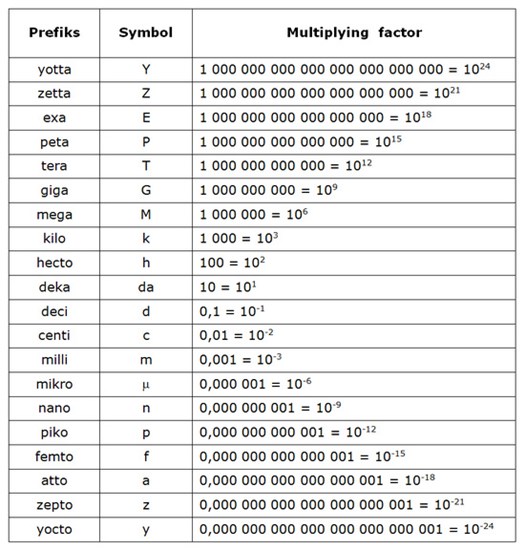Product's designed and manufactured refer to the following standard's
- SI or International System of Units or more commonly known as the “metric system”
- ANSI or American National Standards Institute coordinates U.S. standards with international standards so that American products can be used worldwide www.ansi.org
Testing often performed according to a variety of standards (shown randomly):
- ISO, International Organization for Standardization, www.iso.org
- DIN standards, technical standards, German Institute for Standardization, www.din.de
- ASTM, American Society for Testing and Materials, www.astm.org
- EMA - European Medicine Agency - www.ema.europa.eu - The mission of the European Medicines Agency (EMA) is to foster scientific excellence in the evaluation and supervision of medicines, for the benefit of public and animal health in the European Union (EU).
- USP, U.S. Pharmacopeial Convention, www.usp.org - USP Class VI is one of six designations for plastics from General Chapter <88> of the United States Pharmacopeia and National Formulary (USP-NF). In this chapter, a set of tests for determining basic safety are laid out, along with guidelines for how to test and how to certify a material to USP Plastic Class I-VI. USP Class VI is the most comprehensive and stringent testing method, encompassing implantation plus extract tests that include not only the standard polar and nonpolar extracts required in ISO 10993-12 for finished devices, but two additional extracts to mimic possible drug carriers. Class VI is the gold standard for medical-grade raw materials of all types.
- FDA, U.S. Food and Drug Administration, www.fda.gov - FDA publishes, through the Code of Federal Regulations, standardized criteria which govern the acceptability of materials used in food contact. FDA do not approves or disapproves products or materials for particular applications.
Some of many relevant manufacturing standards:
- ISO 9001 is a standardized Quality Management System (QMS)
- ISO 10993 set a series of standards for evaluating the bio-compatibility of medical devices
- USP Plastic Class VI set a series of guidelines of how to test the bio-compatibility of plastics
Getting to the point – metric units or as derived from SI:
- Amount of a substance is measured in Mole
- Angle in degree with 360° being a full circle
- Area are measured in square meters
- Candela is luminous intensity measured in cD
- Distance, length is measured in meters, millimeters. Such as OD = Outside Diameter expressed in mm
- Electric current in measured in Amps
- Electrical capacity is measured in Farad
- Electrical conductance is measured in Siemens
- Electrical potential is measured in Volts, such as 230 VAC for EU and 110 VAC for US
- Electrical resistance is measured in Ohms
- Energy is measured in Joules
- Forces is measured in Newton, such as rotational force expressed Nm for a servo motor
- Frequency measured in Hertz, Hz
- Humidity measured in % RH, Relative Humidity
- Magnetic core strength are measured in Tesla
- Magnetic surface field strength, also known as the "magnetic flux density" measured in Gauss
- Mass is measured in kilogram
- Power is measure in Watt, where 3600 joules equals one watt/hour
- Pressure is measured in Pascal such as kPa (derived into 100 kiloPa = 1 Bar = 1000 mBar)
- Radiation adsorbed doses is measured in Gray or kilo Gray, kGy and is the radiation required to deposit 1 joule in 1 kilo matter
- Thermodynamic temperature is measured in Kelvin or Celsius
- Time is measured in seconds
- Velocity is measured in metres per second
- Viscosity is a measure of a liquids resistance to gradual deformation expressed at 25°C in Pascal•second or derived centiPoise, such as honey is 2-10 Pa·s or 2,000-10,000 cP
- Volume is measured in metric units: cubic meter and litre and milliliter
Outside SI we further need to measure in both up-stream/USP and down-stream/DSP in the bio pharmaceutical industry the following:
- Bio mass - number of mammalian cell´s or number of bacteria per millilitre, m/L which is measurable as total capacitance in picoFarad/cm – pF/cm and converted to ??? mio/cells/ml or ??? x10E+06/ml
- CO2 content in an aqueous solution - measured in percent, % of pure CO2 or mg/litre
- Conductivity of an aqueous solution is measured in milli Siemens, mS/cm
- Glucose or Lactate content in an aqueous solution in milli Mole or grams/litre
- Oxygen content in an aqueous solution - measured in percent, % of pure O2
- pH - a measure of the acidity or basicity of an aqueous solution and measure as 0-14 pH
We don’t measure in:
- Fahrenheit or Reaumur
- Feet, inches or yards
- Gallons, pints
- Pound or stones
- Psi, inch of Mercury, Torr
Languages
- We seek to use British English


